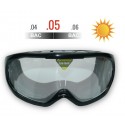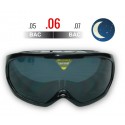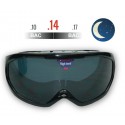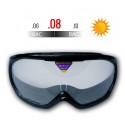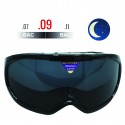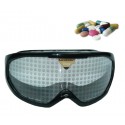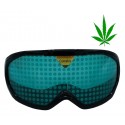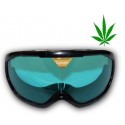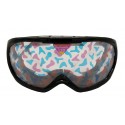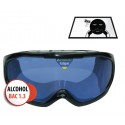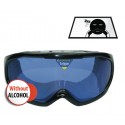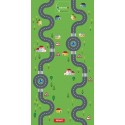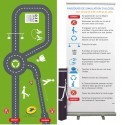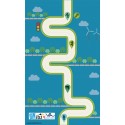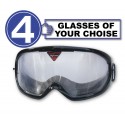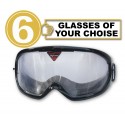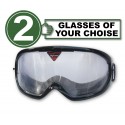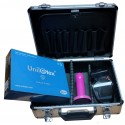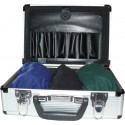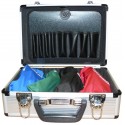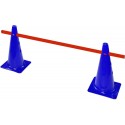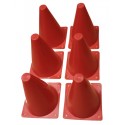Product successfully added to your shopping cart
There are 0 items in your cart. There is 1 item in your cart.
Drowsy Driving Goggle "No alcohol effect added"
103-101-00024
Simulation glasses for fatigue in the early morning or at the end of the day after 12 hours of driving (sleepless night)
Ideal for raising awareness of the risks of fatigue at dawn after driving all night
Main effects of the sleepless night fatigue simulation glasses
- Vision problems , difficulty staying in lane
- Impaired perception of distances
- Decreased reaction time
- Feeling of drowsiness, heavy head
- Blue tinted lenses to reproduce dawn
Volume discounts
| Quantity | Discount | You Save |
|---|---|---|
| 2 | 2,00 € | Up to 4,00 € |
| 3 | 4,00 € | Up to 12,00 € |
| 4 | 6,00 € | Up to 24,00 € |
| 5 | 8,00 € | Up to 40,00 € |
| 6 | 10,00 € | Up to 60,00 € |
More info
The fatigue nuit blanche glasses are an excellent educational tool to help you organise awareness-raising, prevention or training activities on the risks of drowsiness
They simulate driving after 10 to 12 hours of driving, which is estimated to be the equivalent of having consumed about 2 to 3 alcoholic drinks.
The aim is to make people understand the effects of fatigue on the physical state, they help to understand the dangers of fatigue and intense fatigue at the wheel.
THE EFFECTS OF FATIGUE AT THE WHEEL
The late night fatigue simulation goggles reproduce dawn, and certain effects and sensations related to fatigue and alcohol such as:
- The feeling of drowsiness, glare, heavy eyelids
- Balance problems
- Decreased reaction time, reflexes and alertness
- Vision problems with a narrowing of the visual field and difficulty staying in lane
- Poor judgement of distances
9 TIPS TO PREVENT FATIGUE AND DROWSINESS AT THE WHEEL
Sleep is the only definitive remedy for eliminating fatigue and drowsiness. However, nine other measures can help prevent or slow down the onset of these dangers at the wheel:
- Take breaks of 15-20 minutes every 2 hours and more frequently at night, a time when drowsiness is more likely to occur.
- Eat light meals without alcohol before and during a long journey.
- Ventilate the vehicle as often as possible and avoid excessive temperatures inside the vehicle, which can make you drowsy at the wheel.
- Take turns between drivers to alternate periods of rest and driving.
- Respect speed limits. The higher the speed, the faster the brain has to process information, which causes more fatigue in the driver.
- Avoid the hours when the risk of drowsiness is greatest (1-4pm and 2-5am).
- Be alert to the tell-tale signs of fatigue and drowsiness: stiff neck, tingling eyes, etc.
- Choose a good ‘co-driver’ or a lively music playlist to stimulate the driver's attention.
- Make sure you get enough sleep the night before a long car or motorbike journey.


